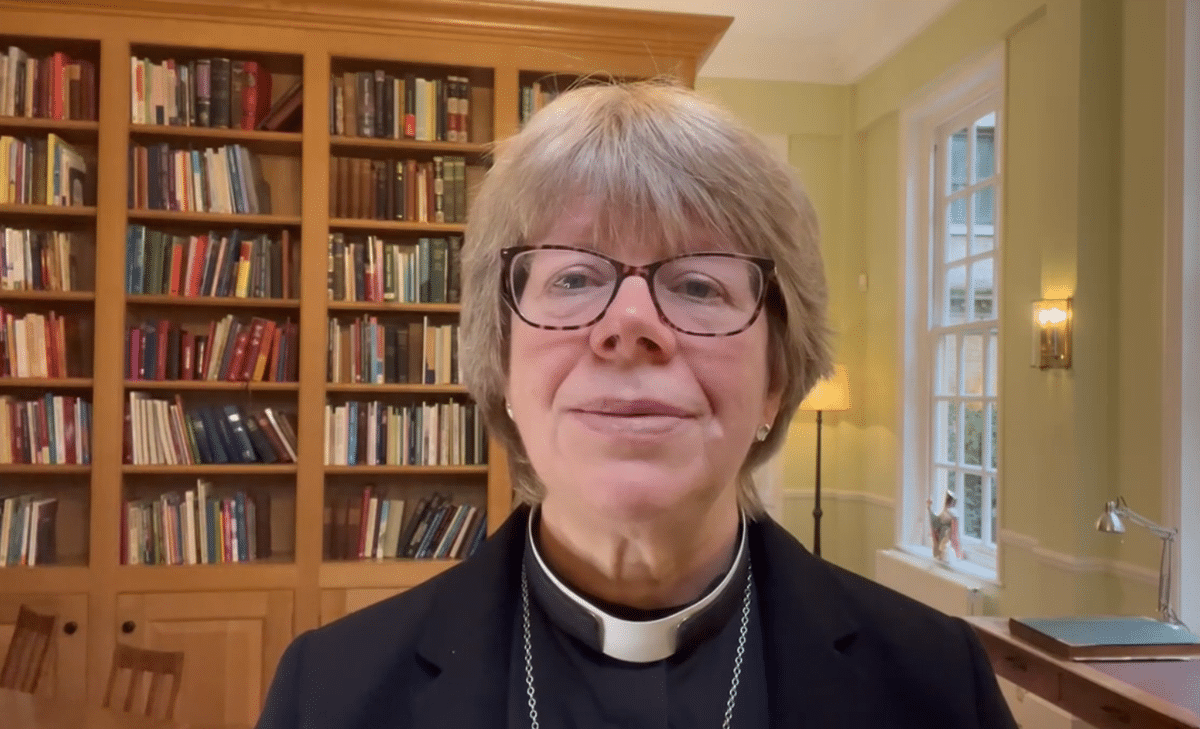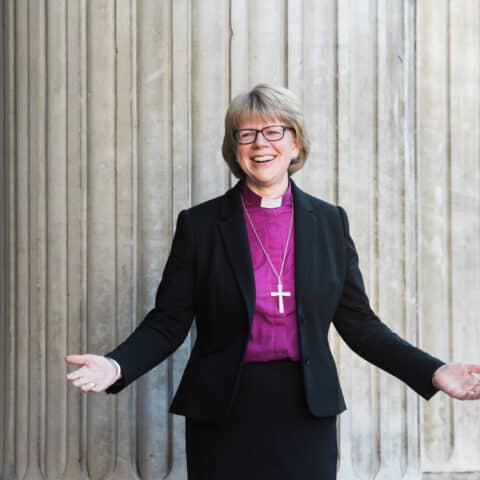To all clergy, laity and LDF staff
‘As we have journeyed through Lent this year I have found myself thinking a lot about darkness. We often use the language of darkness and night when talking about the difficult times in our lives and the tragedies we witness in our world. There is no shortage of crises in our world right now: events in Gaza, people dying on desperate journeys in the English Channel, the ongoing strife in Ukraine, the contrasts of poverty and plenty in our neighbourhoods, the racial injustice which scars the lives of our communities – to name just a few.
We easily reach for the metaphor of darkness when we want to express how this all feels.
Yet on the morning of the first Easter, in the garden, Mary Magdalene’s astounding experience began in the dark. ‘Early on the first day of the week, while it was still dark, Mary Magdalene came to the tomb and saw that the stone had been removed.’
The stone had been removed and the body of Jesus had gone. God’s redeeming work took place in darkness. Whilst the scriptures have much to say about God bringing light into the world, and our Easter liturgies beautifully and joyfully celebrate the clarity and truth which light brings, nevertheless, the resurrection happened in darkness.
The theologian, Dr Selina Stone, in her beautiful Lent book, ‘Tarry Awhile’, writes about ‘God who specialises in working in the darkness’. She says:
‘God receives an offering and makes a covenant with Abram in the dark (Genesis 15:12–21). It is in the dark that Jacob wrestles with God and receives a blessing (Genesis 28:10–22). It is at night that Rahab negotiates safety for her whole family and earns her place in the genealogy of Jesus by hiding the spies (Joshua 2). Darkness represents deliverance for the children of Israel, separating them from the Egyptians who pursued them (Joshua 24:7). Deep darkness is one of the marks of God’s presence, the place from which God’s voice comes forth (Deuteronomy 4:11; 5:22–3). Darkness is the place and space of encounter with God.’
Realising this gives me so much hope, because it reminds me that we don’t need to wait for the light before we can know God’s presence and power. God’s works of transformation do not wait for the dawn. God is present as much in the darkness as in the light, which means that the darkness can play host to acts of healing, nurture, transformation, resurrection and love.
I pray that the hope of Easter may be known in the hardest situations in our world and in each of our lives, and that with Mary we may know the reality of resurrection in the darkness.’

